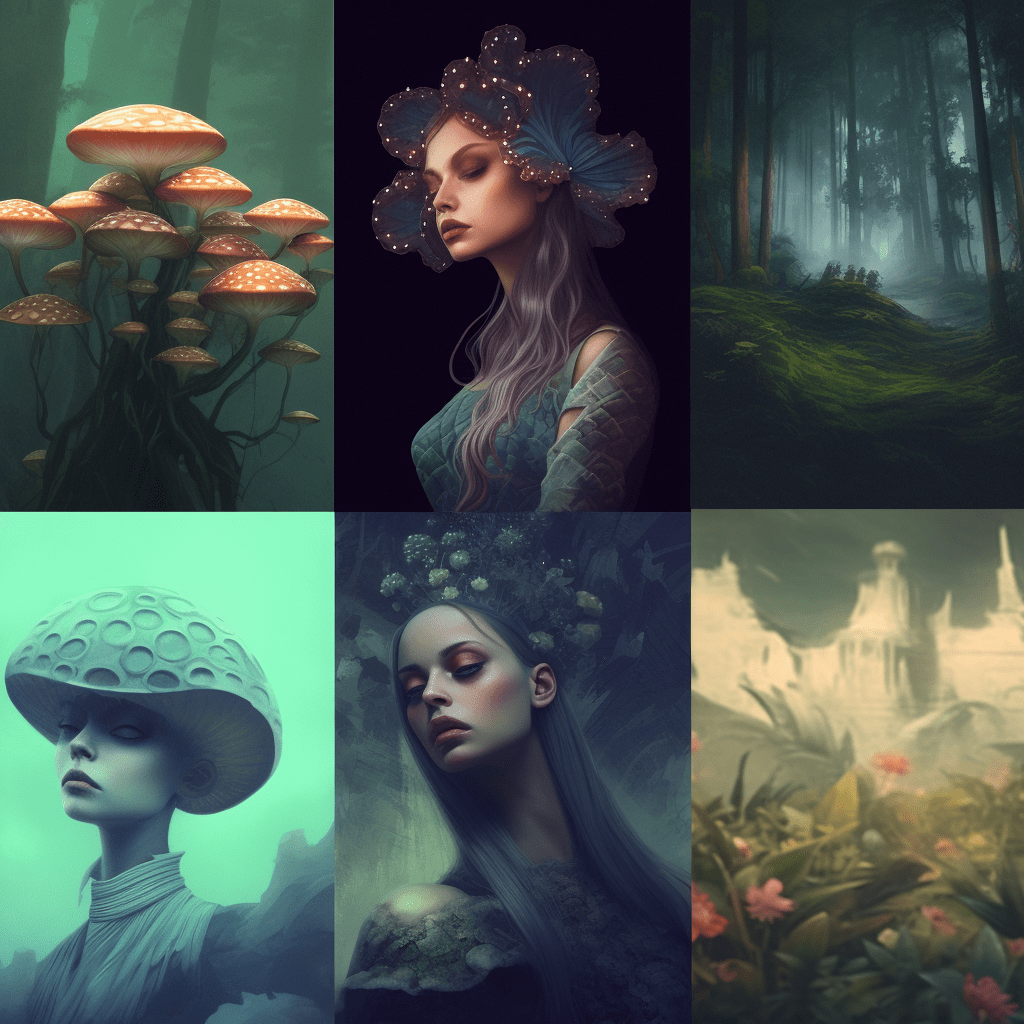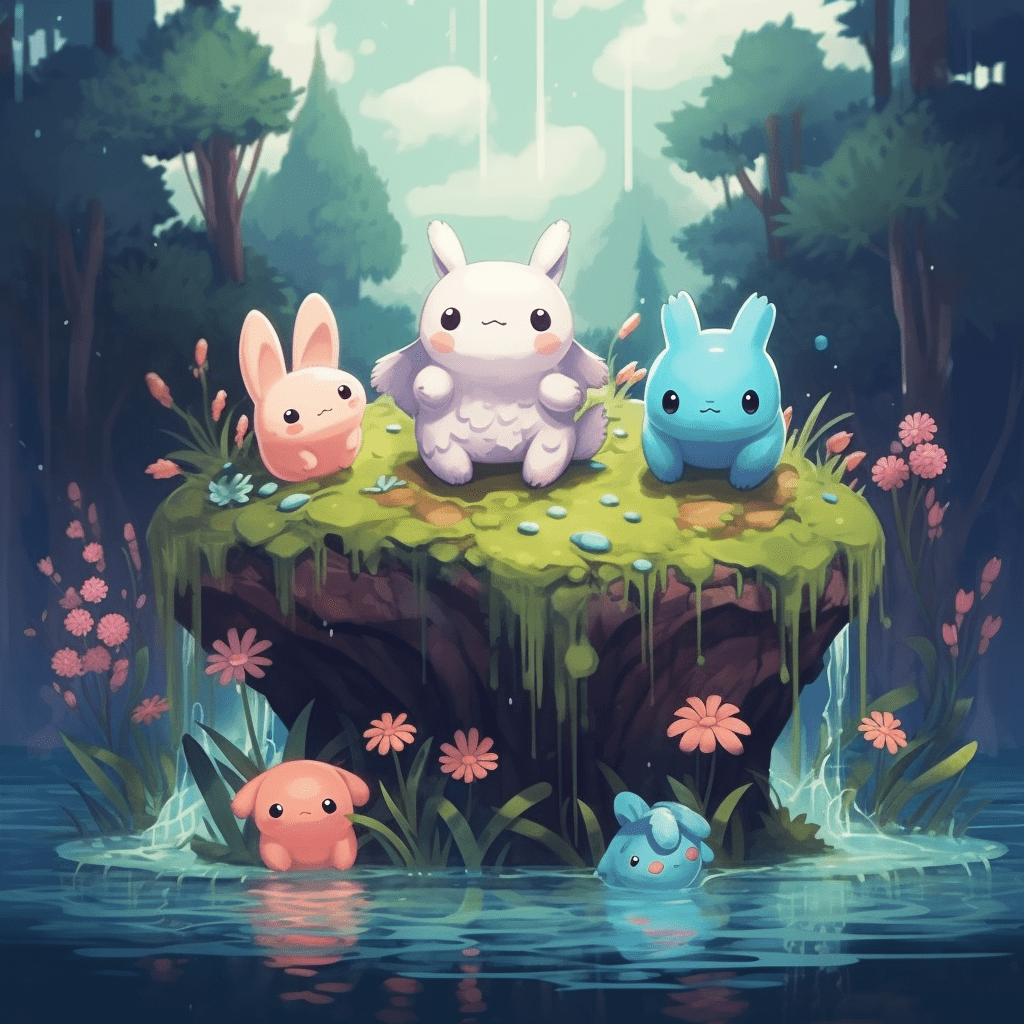If you’ve been keeping tabs on the latest trends in the digital world, you’ve probably come across the term “NFT.” Non-fungible tokens, or NFTs, have taken the world of digital art by storm, providing artists with a new way to monetize their creations. But what if you’re an artist—or an aspiring one—and you’re wondering, “Can I make my own NFT art?” The simple answer is: absolutely, yes! However, there’s more to it than just creating digital art and calling it an NFT.
What is NFT Art?

Before we delve into the process of creating your own NFT art, it’s crucial to understand what an NFT is. An NFT is a type of digital asset that represents ownership or proof of authenticity of a unique item or piece of content, using blockchain technology—most commonly Ethereum.
NFT art, therefore, refers to digital artwork that has been tokenized as an NFT. This can range from digital paintings, illustrations, animations, music, to even tweets or virtual real estate in digital worlds. The beauty of NFT art lies in its uniqueness and the ability to verify its ownership and authenticity.
The Artistic Process: Creating Your Digital Art
The first step in creating your own NFT art is, unsurprisingly, creating the art itself. This is where your creativity shines. You can create digital art using various tools and software, from simple graphic design tools like Canva or Adobe Illustrator, to more advanced 3D modeling software like Blender or even virtual reality art platforms like Tilt Brush.
Keep in mind, though, that the appeal of NFT art lies in its uniqueness. Your creation doesn’t have to be a visual masterpiece to be successful as an NFT, but it should be original and represent your unique artistic vision.
Minting Your Art as an NFT

Once you’ve created your digital art, the next step is to “mint” it as an NFT. This is the process that transforms your digital art into a verifiable asset on the blockchain. Minting your art as an NFT creates a digital token that represents your artwork, with details such as the owner’s address and the transaction history stored securely on the blockchain.
To mint your NFT, you’ll need to choose a platform that supports the creation of NFTs. Popular choices include OpenSea, Rarible, and Mintable. Each platform has its own process and fees for minting NFTs, so you’ll need to do some research to find the one that best suits your needs.
It’s important to note that minting an NFT typically involves paying a gas fee—this is the cost of conducting a transaction on the Ethereum network. Gas fees can vary depending on network congestion and can sometimes be quite high, so this is a cost you’ll need to factor into your plans.
Getting Your NFT Art Out There
After minting your NFT art, the next step is to list it for sale on the marketplace. This involves setting a price for your art—another step that requires careful consideration. Pricing NFT art can be a complex task, with many factors to consider including your reputation as an artist, the quality and uniqueness of your art, and the current market trends.
Once you’ve listed your NFT for sale, it’s time to get the word out. Promoting your NFT art can involve a range of strategies, from leveraging social media and online art communities, to networking with collectors and participating in virtual gallery exhibitions.
Remember, the NFT world is still in its early stages, and much of its value is built on community and connection. Engaging with other artists, collectors, and enthusiasts in the NFT space can be a great way to get your art noticed.
Understanding the Legal and Ethical Aspects

While the world of NFTs offers exciting opportunities, it’s also important to understand the legal and ethical aspects of creating and selling NFT art. This includes respecting copyright laws—only create and sell art that you have the rights to. If you’re using elements from other artists’ works or other copyrighted materials, make sure you have the necessary permissions or licenses.
On the ethical front, there’s been a growing discussion around the environmental impact of NFTs, given that the Ethereum blockchain currently uses a proof-of-work consensus mechanism, which is energy-intensive. While Ethereum is transitioning to a more energy-efficient mechanism (proof-of-stake), and alternative eco-friendly platforms are emerging, it’s something to be aware of as you step into the NFT space.
Navigating the NFT Market
Finally, remember that the NFT market can be highly volatile, with prices fluctuating wildly. Just like any other investment, there’s risk involved. Don’t invest more than you’re willing to lose and be sure to do your own research.
Final Thoughts
Creating your own NFT art can be a rewarding venture, both creatively and financially. It provides a new avenue for artists to monetize their work, and it democratizes the art world by providing a platform for artists to connect directly with collectors. However, it’s essential to approach it with a clear understanding of the process, the costs involved, and the market dynamics.
